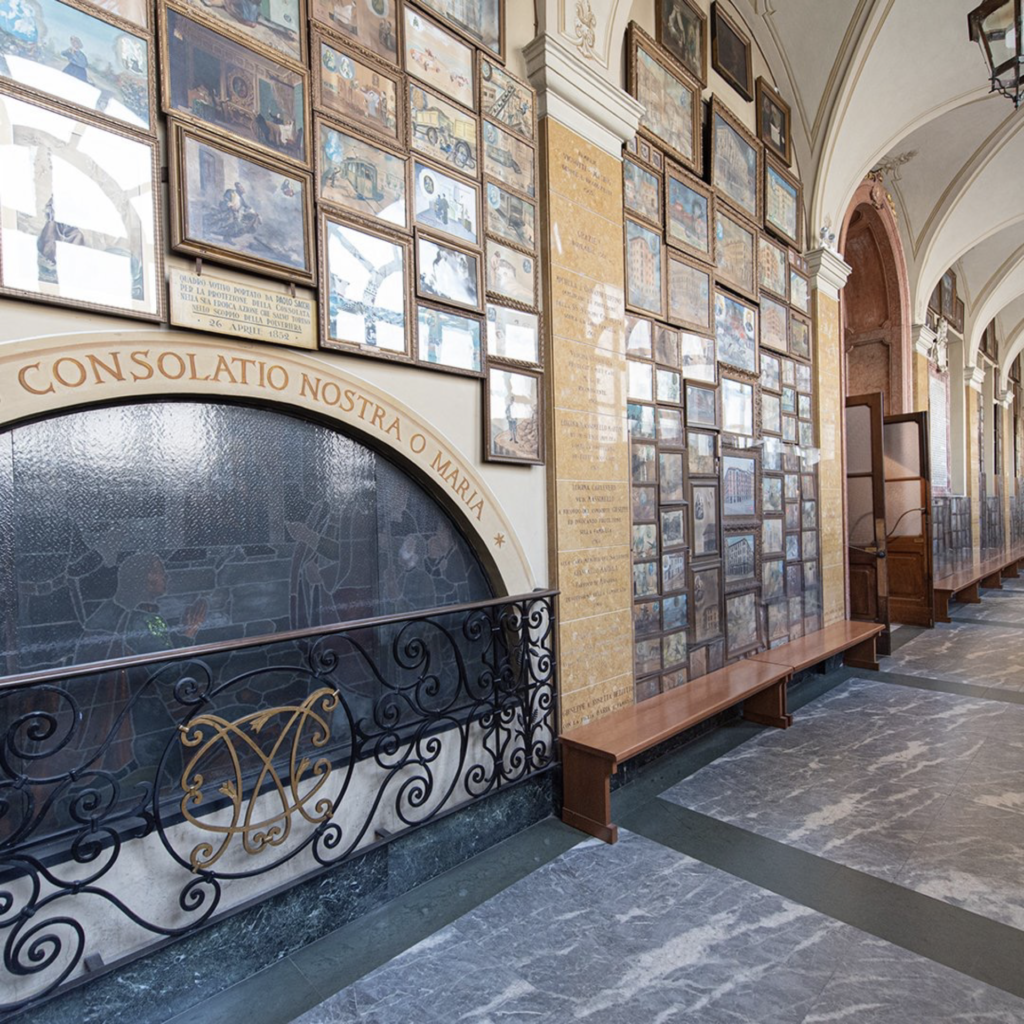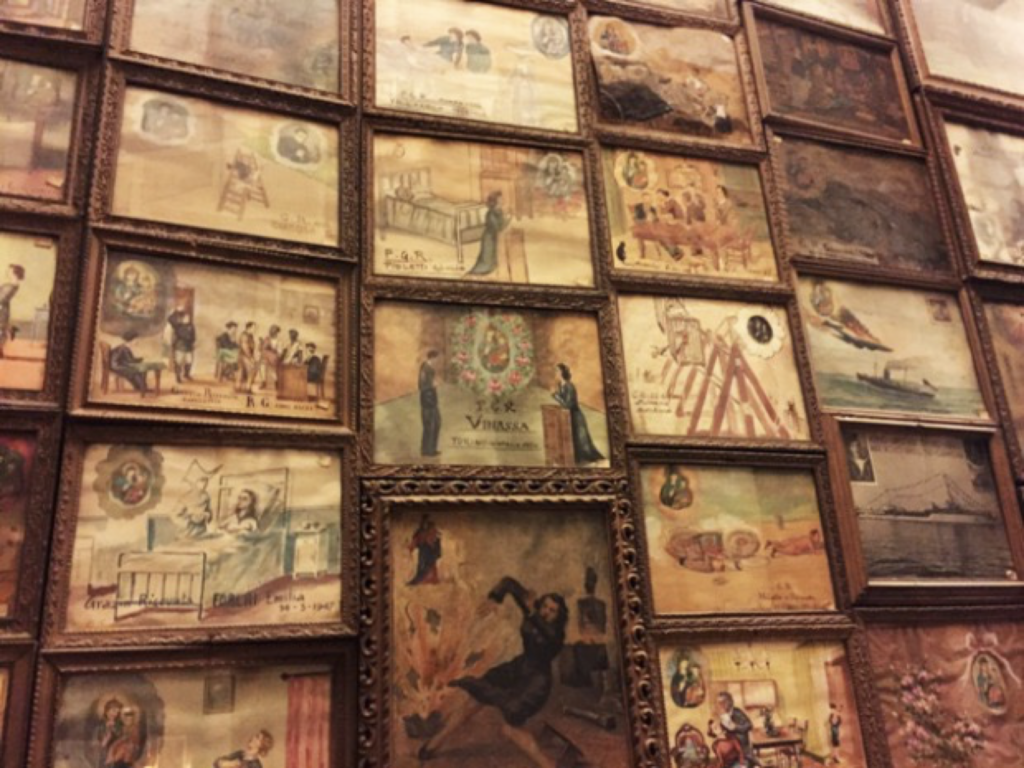In Turin there is an ancient church named Santuario della Consolata (its full name is “Chiesa di Santa Maria della Consolazione”), it’s origin dates back to the XVII century.

The interior is very rich, with gold inlays everywhere on the walls and arches, and wonderful frescoes surrounded by pink carrara marbles. A peculiar thing about this church is that it does not have the classical cross shaped plan. But the most affascinating thing in my opinion lays hidden in the back of its sacristy. Behind those walls there are hundreds of paintings, the majority of which reads “per grazia ricevuta” (by grace received). Those are the so called “ex voto”.
Those paintings represent scenes of everyday life in situations of danger of death: there is someone that fell into a ravine while riding a bicycle, someone sick on their deathbed, someone stroke by a lightning while working in the landfields, or two cars (old fiat 600) crashing at an intersection, and so on. From the different subjects you can clearly see that those paintings are not just from the XVIII century, but if you look closely you can spot dates up until early 1980 and even later.
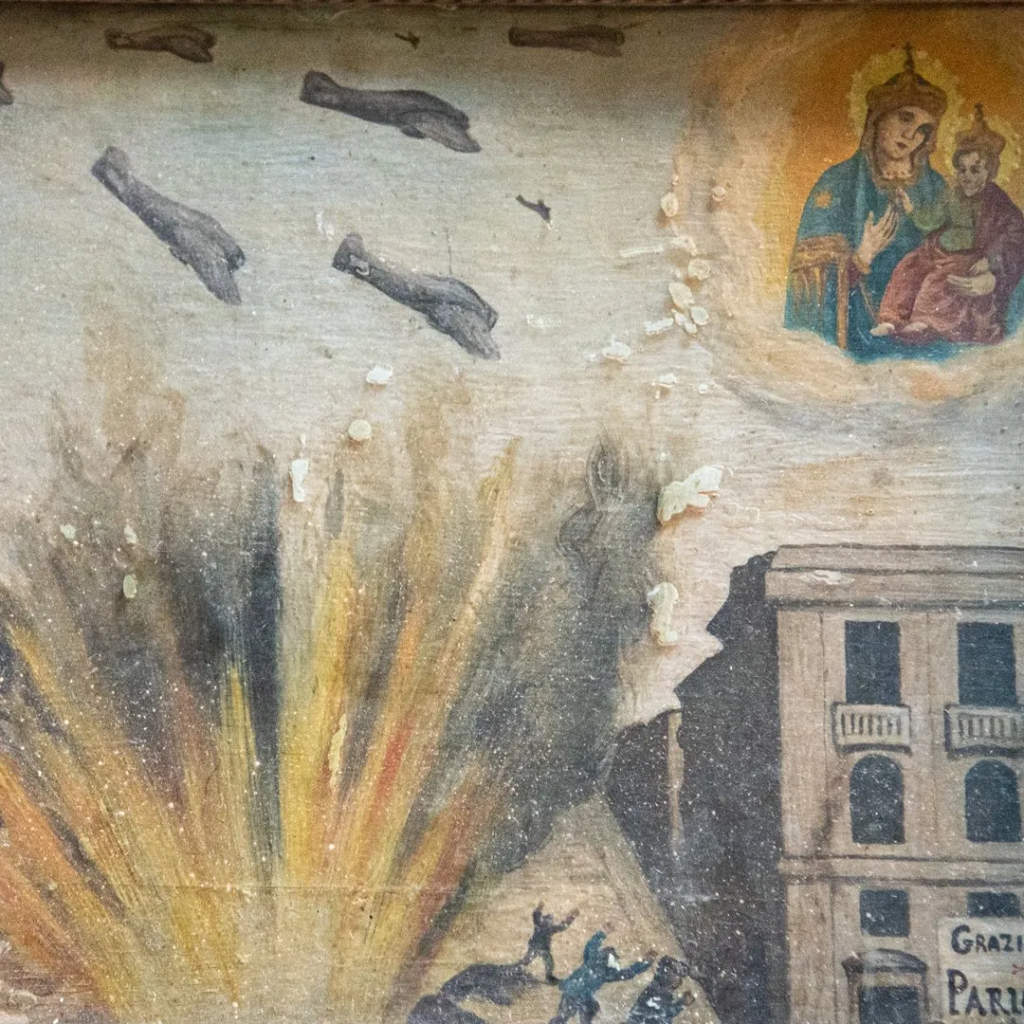
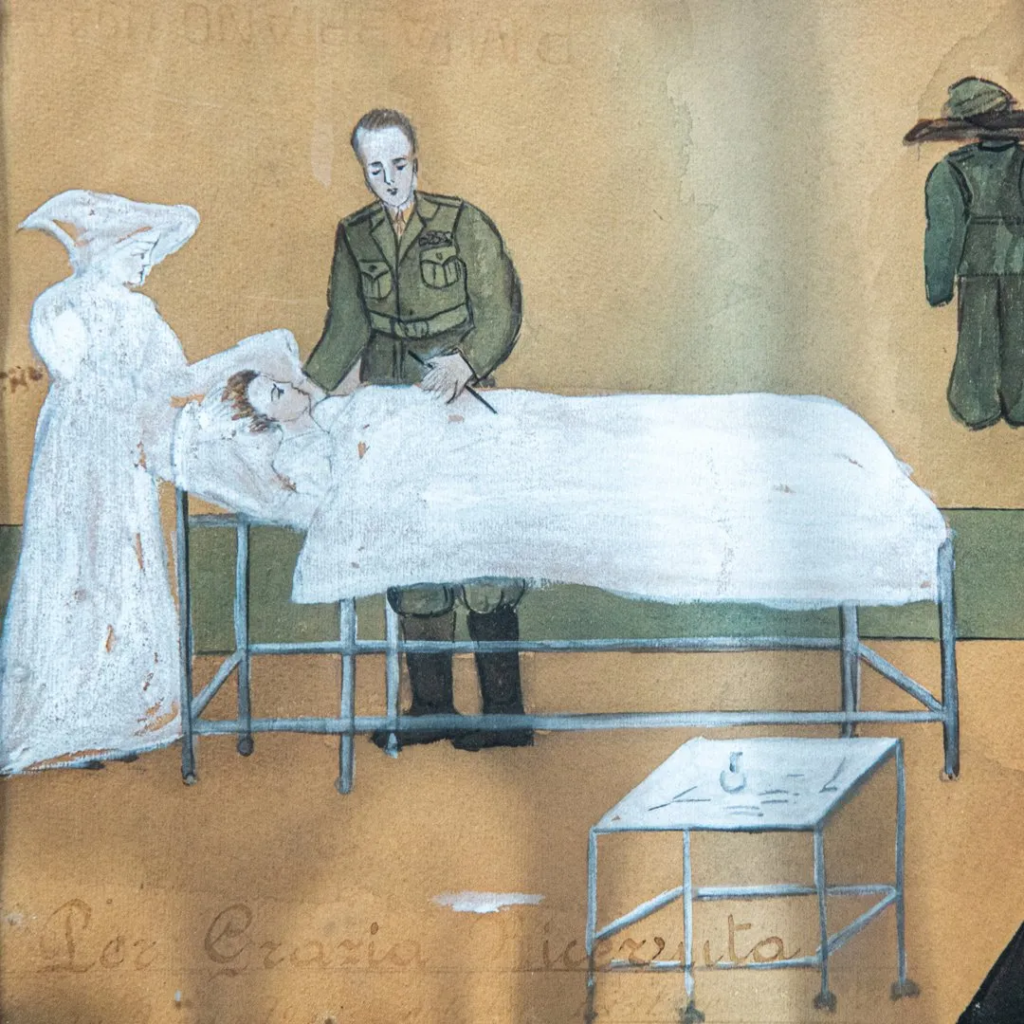
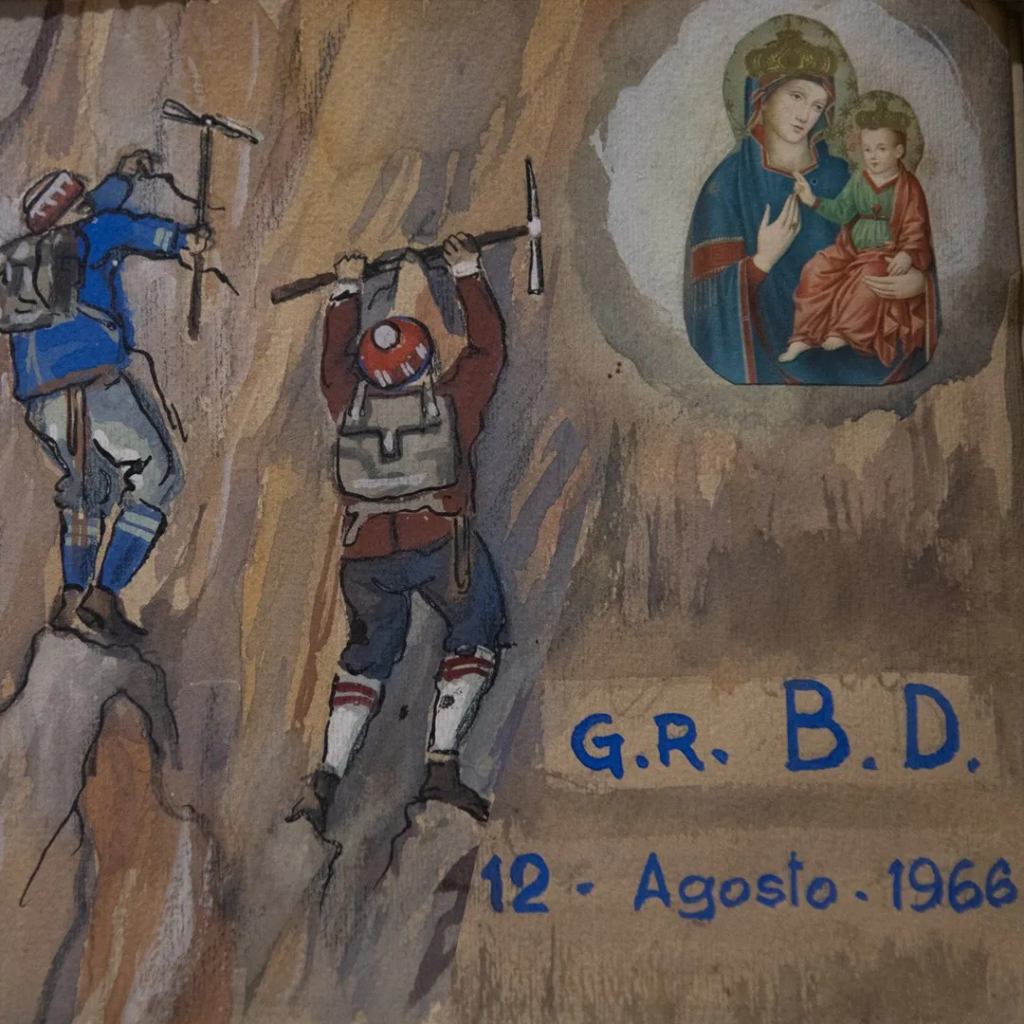
How does this story have anything to do with the surviorship bias? Well, it is soon to be revealed. We were visiting the church with our 11 year old cousin visiting from out of town. She has received a catholic education and talking about believes, she said she could not understand how some people does not belive in miracles: those paintings proved her that miracles do exist, since there were so many of them.
It reminded me of a conversation, reported by Marco Tullio Cicero, between Diagora di Melo (aka the atheist) and a friend of his that told him: “since you belive that Gods do not care about human affairs, don’t you recognize how many people, looking at the votive tablets, thanks to theyr prayers, escaper the violence of the storm and reached the harbor safely?”. Diagora replied: “it seems so, but you forget that nowhere could they be painted those who were shipwrecked and perished at sea”.
By looking at the hundreds of paintings in the sacresty we are learning only about the survivors stories forgetting that for each survivor there might be hundreds of other stories where there were no survivors and therefore did not paint themselves receiveing grace. No miracle happend in their case. And their story was untold.
Always remember that the dataset you are anlyzing might not be the full dataset, and therefore might be biased.

